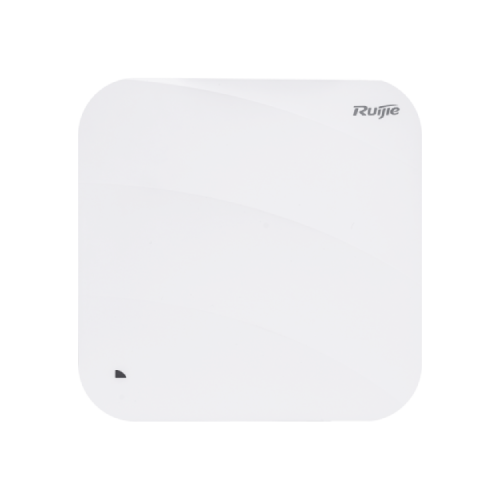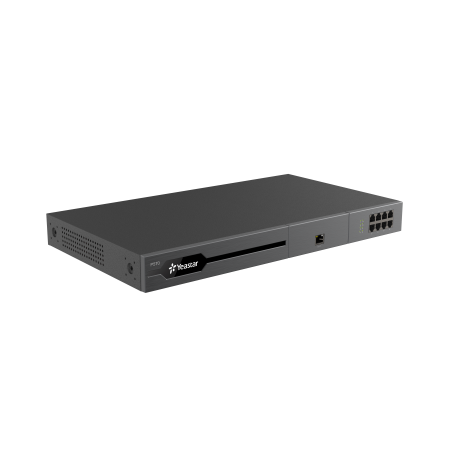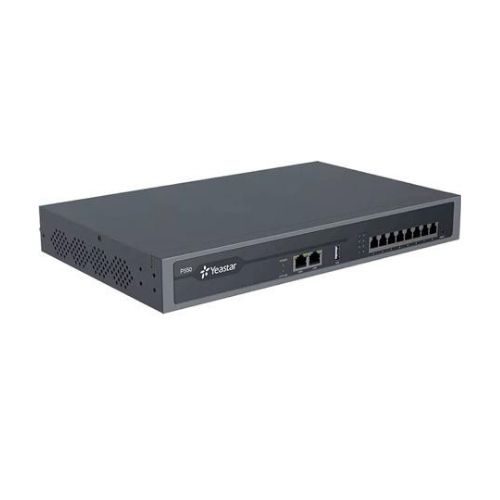Description
The RG-AP820-AR(V3) is a Wi-Fi 6 wireless access point that delivers tri radios, AI Radio design, high performance, and enterprise-grade encryption. Its hybrid cloud management mode and high-density access design allow the RG-AP820-AR(V3) to be flexibly deployed in high-quality network scenarios, such as classrooms, meeting rooms, offices, dormitories, and large venues in the education industry, production workshops and warehouses in the manufacturing industry, and outpatient clinics and mobile ward rounds in the medical industry.
Product Highlights
High Speed
Tri-radio design (2.4 GHz + 5 GHz + 2.4 GHz/5 GHz), six spatial streams, 1024-Quadrature Amplitude Modulation (QAM) high-speed access, and up to 3.843 Gbps peak data rate, realizing high-speed wireless access experience
Hardware-independent AI radio card to implement better roaming policies through real-time client scanning, thereby providing optimal roaming experience for mobile office, mobile video conferencing, or network courses
Orthogonal Frequency-Division Multiple Access (OFDMA), Multi-User Multiple-Input Multiple-Output (MU-MIMO), and Wi-Fi Multimedia (WMM), increasing the average rate per user in high-density deployment environments
RF power adjustment and intelligent channel allocation to solve the problems such as co-channel interference and adjacent channel interference, thereby improving network transmission efficiency and stability
Intelligent wireless network optimization, reducing TCO and maximizing ROI
Access through optical and Ethernet cables for flexible networking and high-speed backhaul over 5 Gbps optical links
IEEE 802.11k/v/r support and roaming stickiness optimization, achieving seamless user roaming
Rich IoT features: PoE output, Bluetooth 5.1, and wireless locating
High Security and Reliability Encryption and authentication technologies including Wi-Fi Protected Access 3 (WPA3), enhanced open security, 802.1X, and Private Pre-shared Key (PPSK), enhancing data security.
Hardware-independent AI radio card, safeguarding the security of 2.4 GHz/5 GHz radio in 24/7 mode and carrying out radar scanning on wireless networks to eliminate potential risks.
Dynamic Frequency Selection (DFS), optimizing the use of available RF spectrum to prevent radar channel interference.
Cyclic Delay/Shift Diversity (CDD/CSD), Maximum Ratio Combining (MRC), Space-Time Block Coding (STBC), and Low-Density Parity Check (LDPC), improving the signal quality, signal receiving, and reliability and performance of data transmission.
Transmit beam-forming (TxBF) expands the signal coverage and enhances the reliability of specific devices, thereby improving the data rate.
Intelligent identification and monitoring, multicast-to-unicast conversion, and other features, enhancing network security and reliability.




